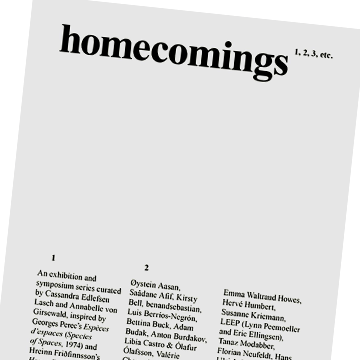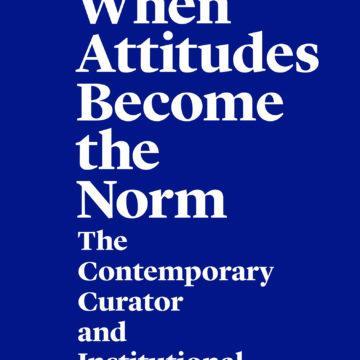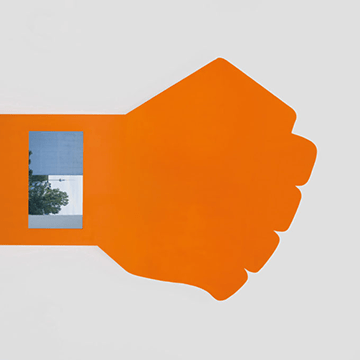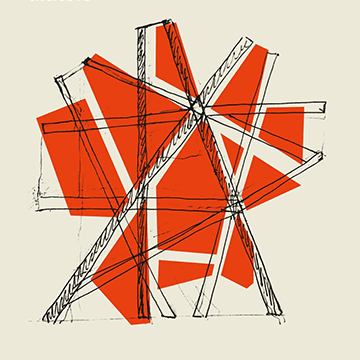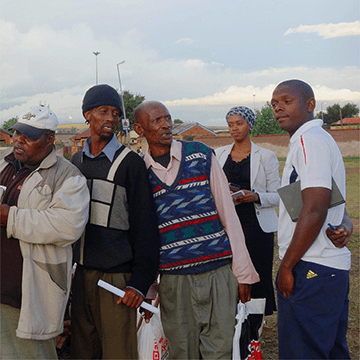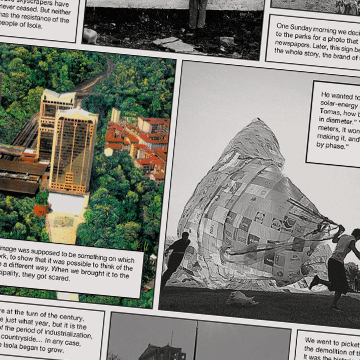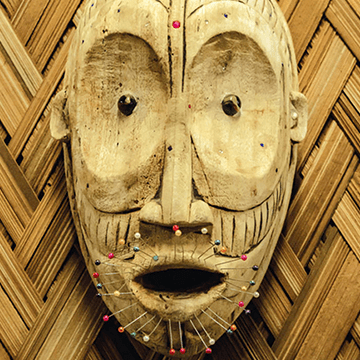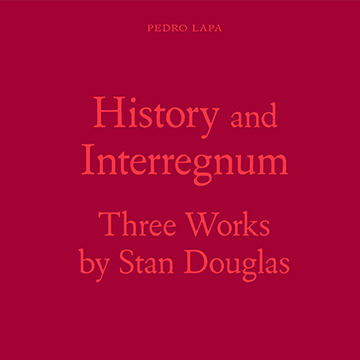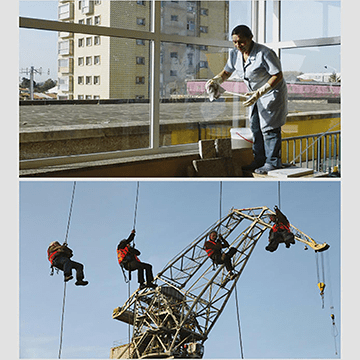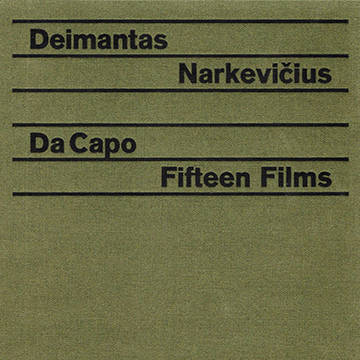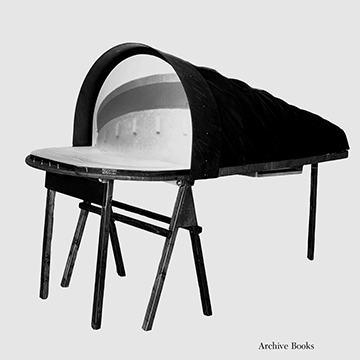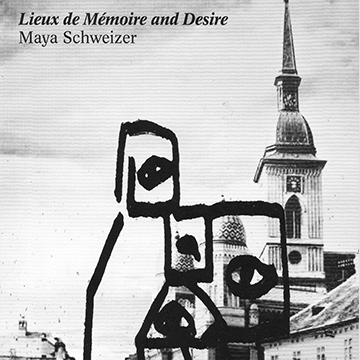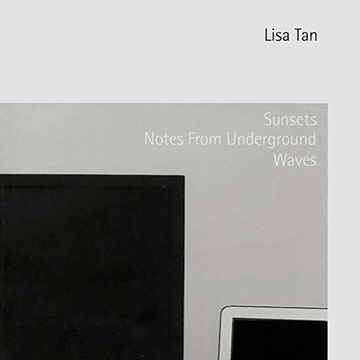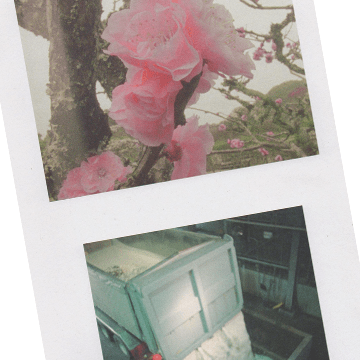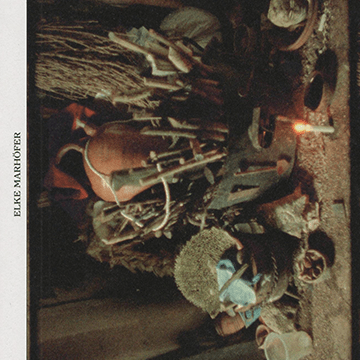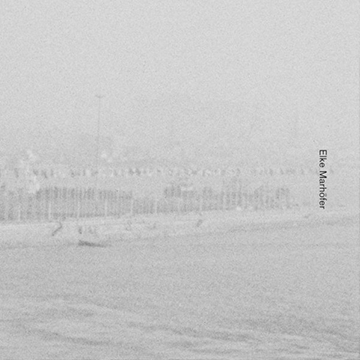What is lost and what is found in the process of returning home? homecomings revisits, through varying means of translation, spatial and conceptual loci of homecoming within artistic practice. This publication draws its principle inspiration from the architectural and linguistic returns and repetitions punctuating artist Hreinn Friðfinnsson’s House Project and author Georges Perec’s Espèces d’espaces. Testing the concept of “homecomings” against a number of artistic practices, this volume grows out of an imperative to act according to the referentiality hallmarked in the conceptually rigorous works of Friðfinnsson and Perec. The collected contributions oscillate between self-referential modes—creating full-circle loops within singular practices—and far-reaching trajectories, gaining momentum and associations upon every rereading. Like Perec, many works call for an attuned presence, and in so doing, proffer a homecoming at the very site of reading.
Category: Titles
When Attitudes Become the Norm
When Attitudes Become the Norm is a collection of essays and interviews by art historian and theorist Beti Žerovc on the topic of curatorship in contemporary art. Žerovc examines curatorship in its broader social, political and economic contexts, as well as in relation to the profound changes that have taken place in the art field over the last century. She analyses the curator as a figure who appears, evolves, and participates in the institutionalisation of contemporary art and argues that with the curator institutional art – art designed to fit the art institution’s space and needs – achieves its fullest expression.
The Fine Art of Living
Gentrification is not a law of nature, it is a war against the poor. It is a carefully planned development in cities, where it is welcomed and supported by political actors who prefer wealthy citizens. From 2008 until 2018, Berlin artist Ina Wudtke’s works focused on the displacement of low income tenants from their apartments in the city center, through massive rent hikes and with the help of judicial instruments like the so-called “Modernisierungsklage”, a tool used by landlords to revamp apartments for future high income tenants, or the so-called “Eigenbedarfsklage”, whereby the new owners of former public housing claim occupancy against longterm tenants.
raumlabor
Cantiere Barca is an experimental art and architecture project for public space that, between 2011 and 2013, involved dozens of people in actions of construction and place-making under the guidance of the architecture collective raumlaborberlin, in a neighbourhood at the farthermost northeastern corner of the city of Turin. In the years of endless crisis – in the economy, in politics, and in the environment – Cantiere Barca has fulfilled the demand for the identity and social recognition of a group of residents, breathing life into a workshop of shared creative practices and an exchange of knowledge, thus undertaking a journey from the urban periphery to the MoMA in New York. Cantiere Barca is also a case study, which has wit- nessed both success and failure, to ponder on the meaning of such concepts as collective, community, the common good, participation, responsibility, utopia, and future.
The Soweto Project
From the middle of January to the end of March 2014, the class Design for the Living World lived and worked in Soweto. They developed two projects in two neighbourhoods in Soweto: Ubuntu Park in Orlando East and the Primary School Vegetable Gardens in Noordgesig.
The Soweto Project began a year earlier, when Stefan Horn of the Berlin-based art association urban dialogues invited our class at the Hochschule für bildende Künste Hamburg to join the Nine Urban Biotopes project. The basic idea was for us to stay in Soweto for three months and work closely with the local community.
Fight-Specific Isola
Fight-Specific Isola traces the long history of the Isola area of Milan and the organic, spontaneous progress of the Isola Art Center over the past 12 years. Featuring texts and many images, the book tells the story of an artistic and urban transformation, led by artists, who often had to invent tools and concepts along the way. This publication serves as an example of how to act on the ground in today’s urban condition. Different narratives of history, artistic intervention and action allow the reader to trace the complex idea of collectivity, solidarity and fight-specificity. Testing new terms such as dirty cube and dispersed center this book shows a possible way to respond to the constant pressure of neoliberal development and gentrification.
The White Hunter
The White Hunter, African Memories and Representations is a publication produced on the occasion of the eponymous exhibition produced by FM Centre for Contemporary Art in Milan. This book is not only a catalogue on the exhibition, but it is rather a context in which the subjects of the show, are interrogated in another form.
History and Interregnum
History and Interregnum looks at the relationship between history and fiction through the practice of re-enactment, as seen in three works by Stan Douglas. The Secret Agent (2015), Disco Angola (2012) and Luanda-Kinshasa (2013) all draw upon the same historical period, which saw the emergence of different universalist and multicultural hopes for a transformed world. The recent history of Portugal, namely the Carnation Revolution of 1974 and decolonisation, and manifestations of culture such as jazz-rock, disco, funk and afrobeat, contribute to a political and multicultural emancipation dreamed of in those times, but ultimately eclipsed by new configurations of power. This book is a consideration of a politics of means, taking as its starting point the idea of a state of interregnum exemplified by these moments, exploring it in the light of artistic devices used by Stan Douglas.
Buon Lavoro
Stonemasons, cinema staff, a climbers’ cooperative, a group of 1970s militants. These communities testify to a period of upheaval that swept across Europe from the late 1960s to 1989. The fragments of biographies and the social relationships that Cora Piantoni depicts, are episodes in the context of this historic narrative: the legacy of anti-fascism in Italy, political dissent in the former Eastern Bloc, the fall of the Berlin Wall.
Da Capo. Fifteen Films
This publication constitutes the first comprehensive overview of the filmic production by the video-artist and filmmaker Deimantas Narkevičius: over 20 years of production and more than 200 exhibitions all over the world. It contains the transcription in their integral version of the film’s dialogue list, and it is completed by the comments of 16 authors on the 15 films made by Narkevičius from 1997 through to today. Each film is introduced by the artist’s personal statement.
Mobile Cinema
The Mobile Cinema presentation apparatus – somewhere between urban model, cinema, and plate camera – derived its form from Alexander Medvedkin’s film The New Moscow (1938), in which an engineer used it to present his designs and visions for Moscow on his journey into the Soviet capital. The real space is replaced by a city of models representing a new reality by cinematographic means.
Lieux de Mémoire and Desire
The publication presents five cinematic works of Maya Schweizer and examines how the artist approaches the relation of montage editing techniques with the concept of film and memorial and film as memorial – a relation which traces back to both the very beginnings of montage and incorporates the research of French historian Pierre Nora. Recurring moments in Schweizer’s multiform art practice revolve around the examination of subtly treated processes of memory regarding historic-political events in public space. In the places, structures and situations she investigates, historical threads intersect.
Sunsets, Notes From Underground, Waves
The book serves as a guidebook to Lisa Tan’s eponymous video suite. Containing illustrated transcriptions of each video and texts by Mara Lee, Lauren O’Neill-Butler, Natasha Sadr Haghighian, and the artist, it both catalogues and responds, sticks to the facts and allows for hearsay.
The concept of the liminal permeates Tan’s videos: drifting between day and night, above and below ground, land and sea. An analogous transit is offered by this book, suspending the reader between the empirical and subjective, with the hope of fulfilling the promise held out by the liminal: transformation.
Shape Shifting
Shape Shifting is the practice of a landscape by which it preserves and changes simultaneously. Shape Shifting is a film as well, akin to a living territory, both build themselves in response to a broader environment by transforming their internal composition. Being a landscape, or drawing a cartography of a landscape is to develop an attentiveness towards the doings of human and nonhuman forces. The book brings together the receptivity of images and the spontaneity of words, from there different theories emerge.
Prendas – Ngangas – Equisos – Machines
Transducing a single film into printed matter, this book addresses the question of how to connect the nonhumans, animals and plants to the postcolonial space without deepening inflicted violations on both people and nature? The film prendas – ngangas – enquisos – machines {each part welcomes the other without saying} gathers affects of plants and animals whose ancestors were moved to the new world, and ‘had to colonize the new land with the humans as a team.’ in present-day Cuba animals such as cows, horses, goats, pigs and chickens provide food and labor, and often move around freely. Much like extended family members some animals share close relations with humans. Some entered the intermediate state between domesticated and wild, others return to the forest to fully reverse their domestication and to become something else entirely.
No, I Am Not a Toad, I Am a Turtle
The publication No, I Am Not a Toad, I Am a Turtle goes back to a three year long research and a film project by Elke Marhöfer on the Korean song form of ‘pansori’ music. Confronted with an animist ontology, growing from the research, the publication revisits discredited philosophies based upon believes on souls and spirits, and questions how modernity designed and conceptualized the relationships and boundaries between ‘humans,’ ‘animals,’ ‘plants’ and ‘things.’
